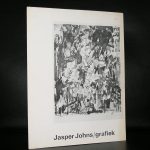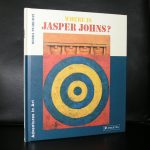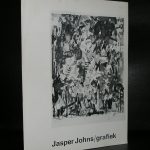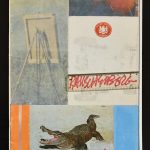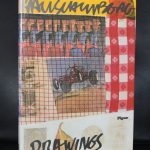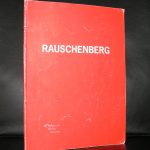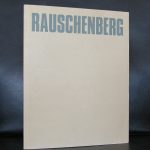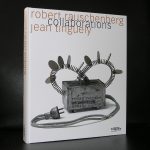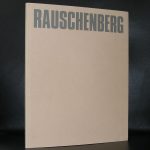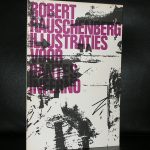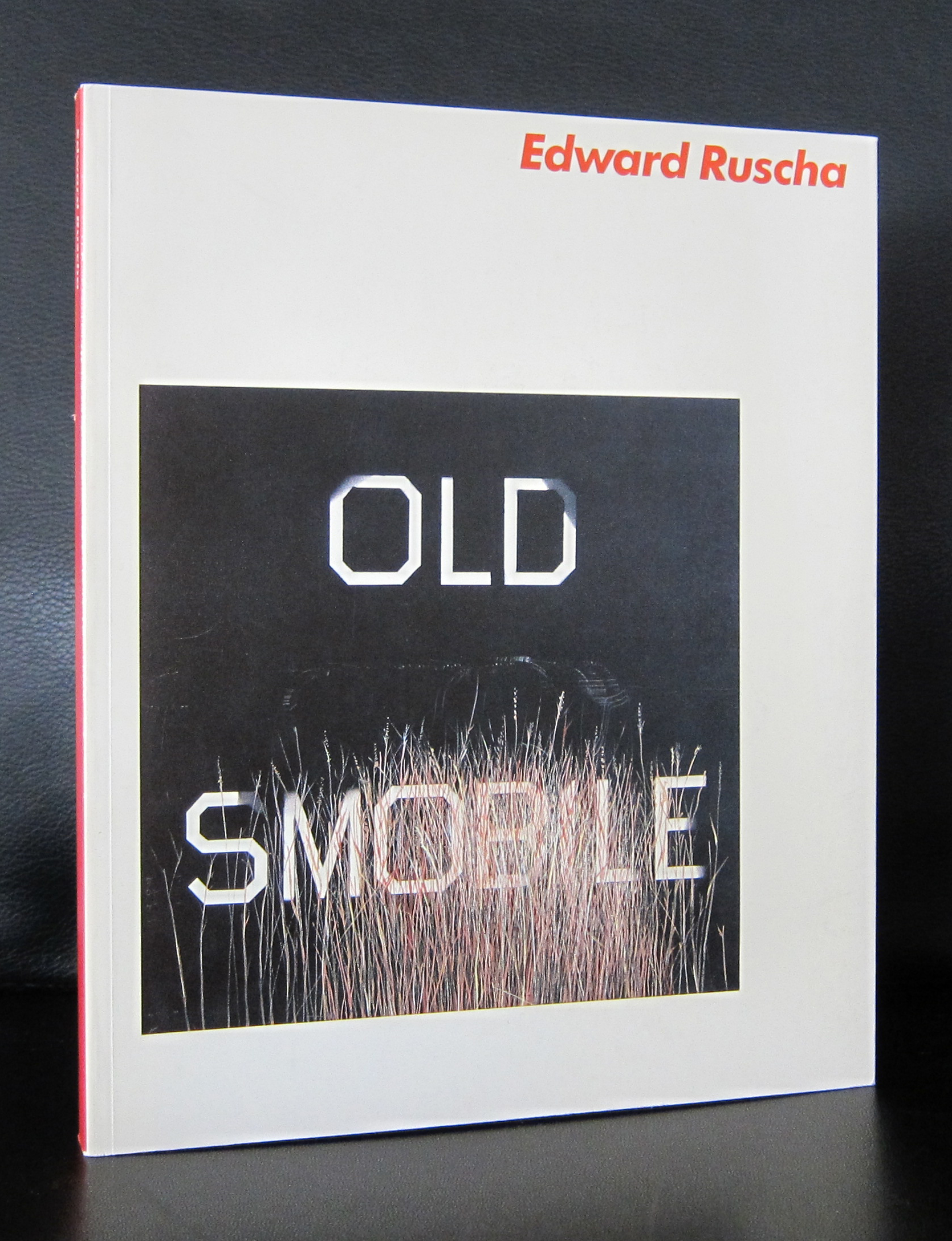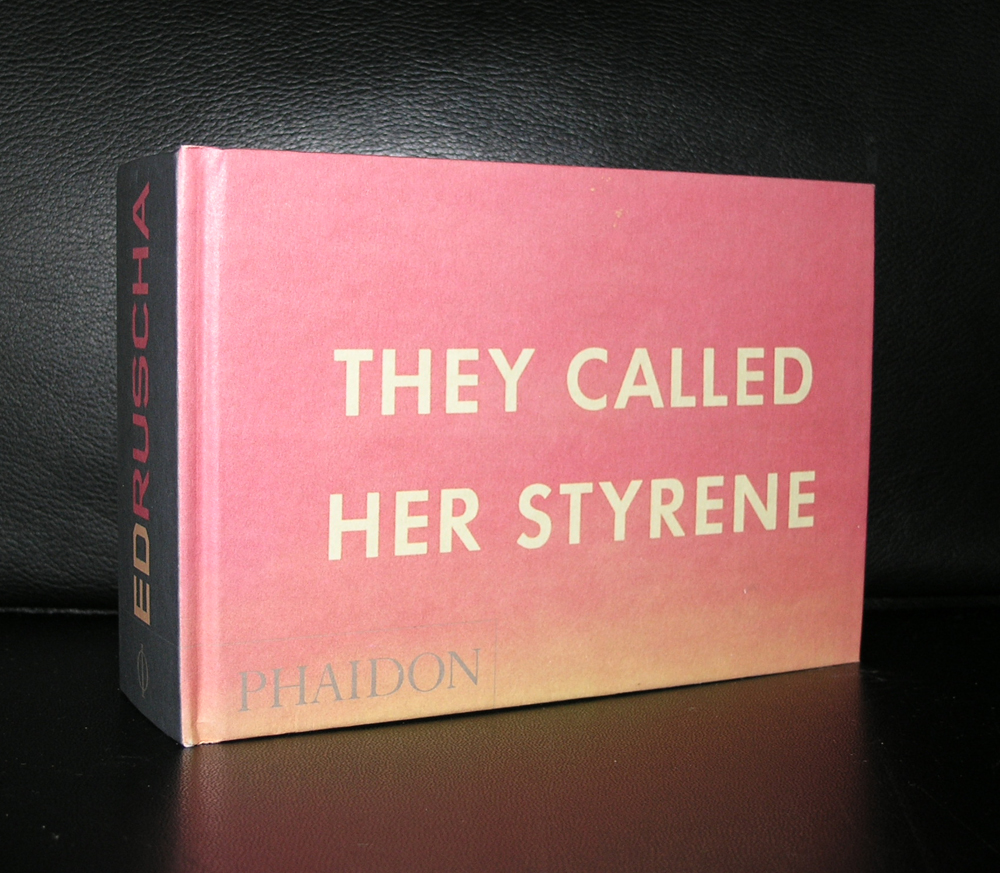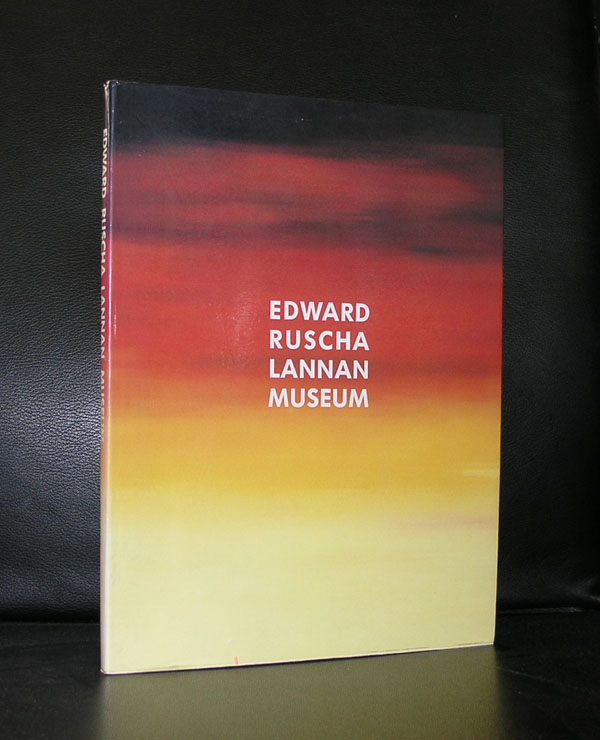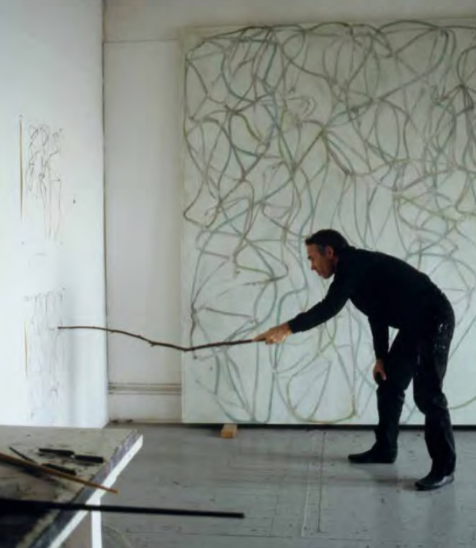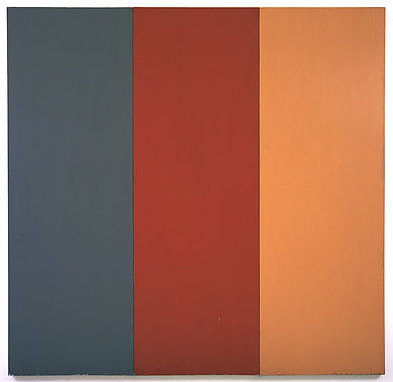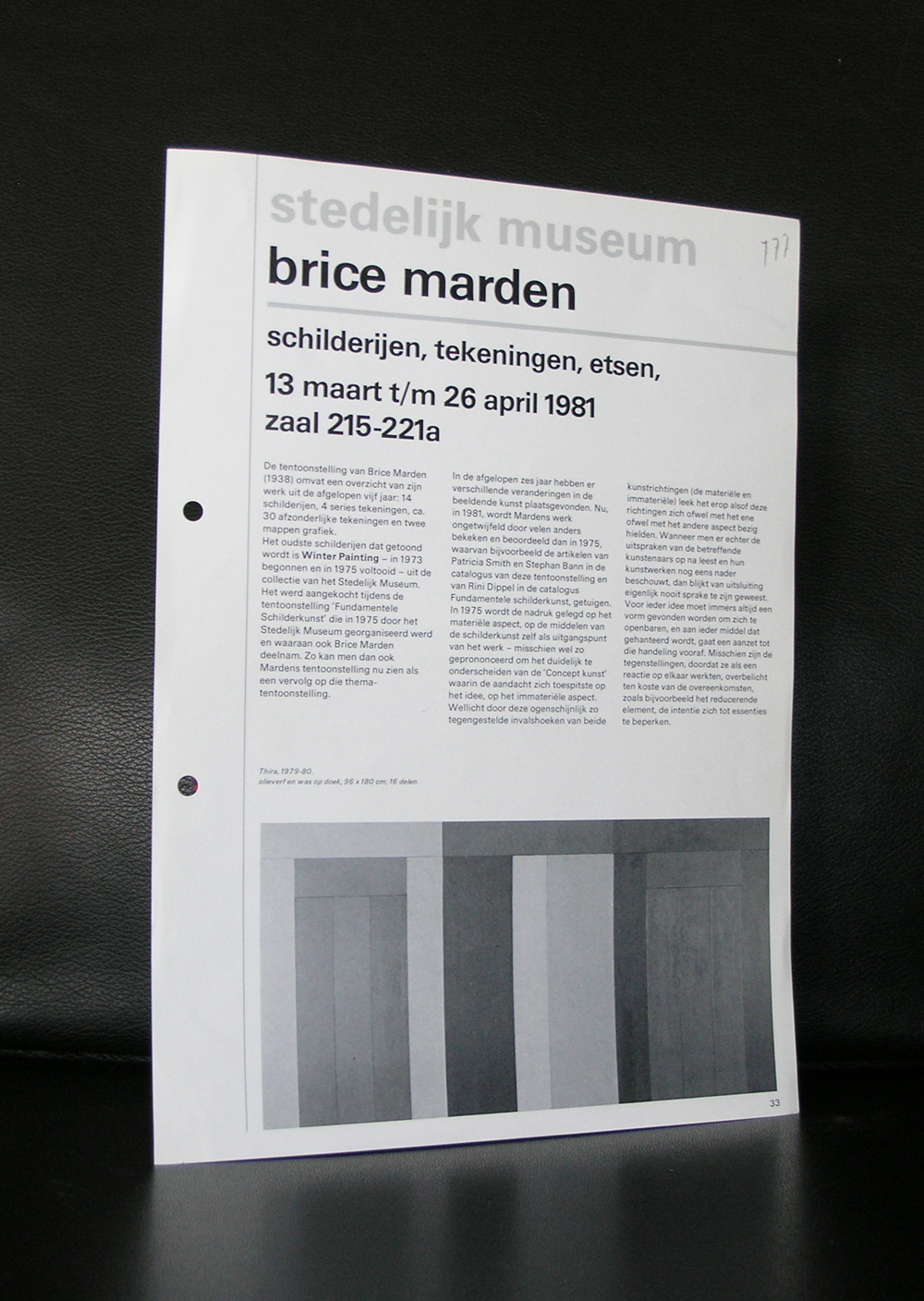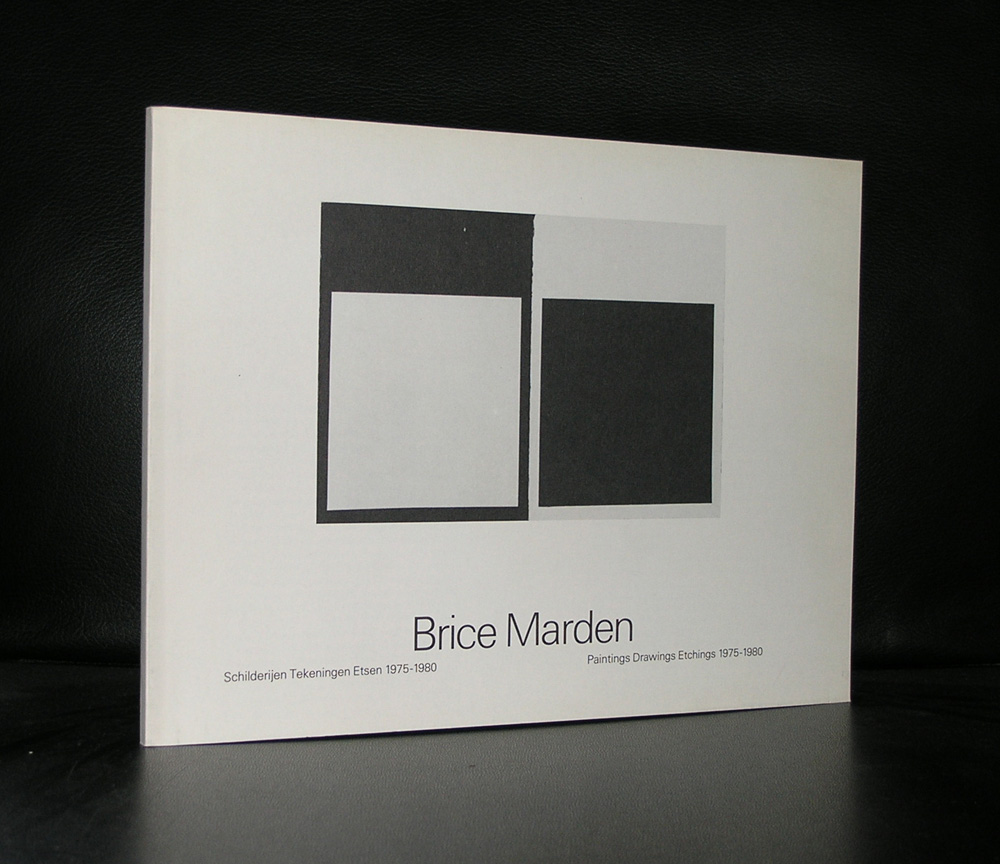Recognised for developing the first American style to depart from Abstract Expressionism, Jasper Johns and Robert Rauschenberg came together as collaborators and lovers in the mid ’50s. Though the two are widely considered as the founding fathers of the pop art movement, their relationship was ignored due to the rampant homophobia during this time. With many believing the two to be just friends, their intense partnership is often overlooked as being a pivotal factor in their art-making. After a passionate six years, Johns and Rauschenberg broke up. The distraught revolutionaries both left New York City, changed their pictorial styles and cut off all contact with each other for over ten years. A nice selection of both artists is available at www.ftn-books.com
Tag: johns
Ed Ruscha (1937)

Influenced by Marcel Duchamp, Jasper Johns and H.C. Westermann, Ruscha developed an art form for himself. Ruscha achieved recognition for paintings incorporating words and phrases and for his many photographic books, all influenced by the deadpan irreverence of the Pop Art movement. His textual, flat paintings have been linked with both the Pop Art movement and the beat generation, but for me Edward Ruscha is foremost a Pop Art artist. Possibly this is because one of my favorite Stedelijk Museum catalogues from the Seventies is this 1976 Ruscha catalogue which was designed by Wim Crouwel and filled with typical Pop Art related Ruscha paintings.

Text and image blend into each other , catching your attention with a word or a phrase. Ruscha stayed true to this kind of painting and has since become one of the great names in the world of art. Checking my inventory i found that i have many interesting publications available at www.ftn-books.com. An excellent opportunity to find out why Ruscha is important in the world of contemporary art.
Here is an interesting video on Ed Ruscha by the Tate
Brice Marden (1938)
It took some while for me to appreciate Brice Marden, that was because the first works i encountered by him where his monochromatic paintings, which i did not like very much at that time ( now i do!), but influenced by Robert Rauschenberg ( he was his assistant during a couple of years) , multi panelled and more colorful paintings began to emerge from his studio.
That was the same period i became interested in Brice Marden. There was a nice exhibition in 1981 in the Stedelijk Museum Amsterdam, which Crouwel designed catalogue is now a true collectors item ( available with other Marden publications at www.ftn-books.com ).
The list of collections in which Brice Marden is present is almost endless and contains all major Modern Art Museums in the world. One has to be mentioned, because The MOMA was the first to present a large retrospective on this young artist. It was in 1975 and this early interest resulted in having one of the largest Marden collections in the world.


